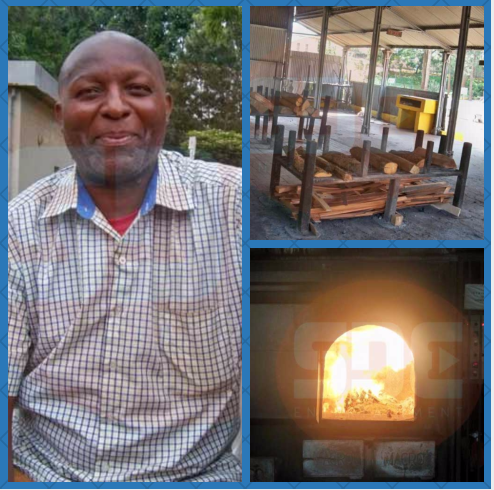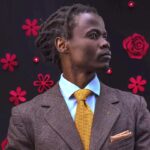While still in school, working at a crematorium was not his boyhood dream job, but today, it is the best job he will take even if there was another option.
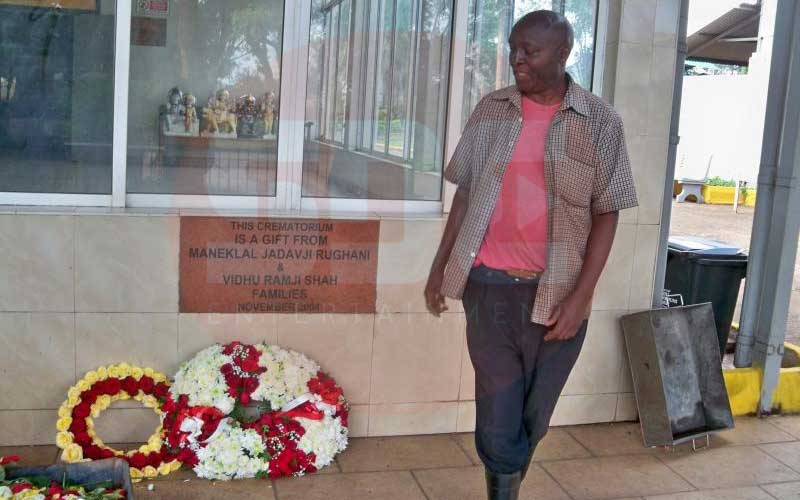
Robert Mwania, who is in his 60s, says that he was first introduced to what looked like the toughest job through a friend.
“When I first prepared a body and saw it through the process of cremation, I was afraid, but with time, I have gotten used to it. That’s why I keep count of the number of people I cremate. In fact, I have never had bad dream. I sleep like a baby,” he says.
That was 20 years ago, and since then, he rose to become one of the key workers at popular Nairobi crematorium centre located in the leafy area in Kariokor.
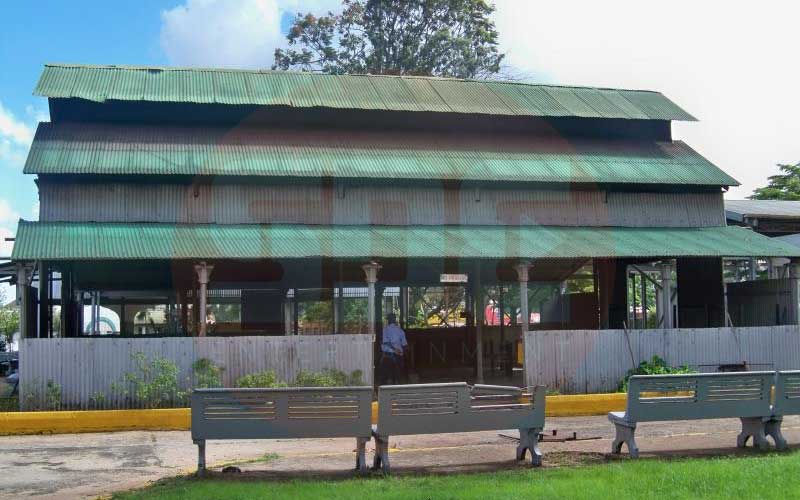
While speaking to Nairobian writer, Robert who hails from Machakos revealed that more than 8,000 lifeless bodies which have been reduced to ashes at Kariokor passed through his own hands.
And on a monthly basis, 25-40 bodies are taken to the furnace, indicating to an increase in the number of Kenyans opting for the rare send off option.
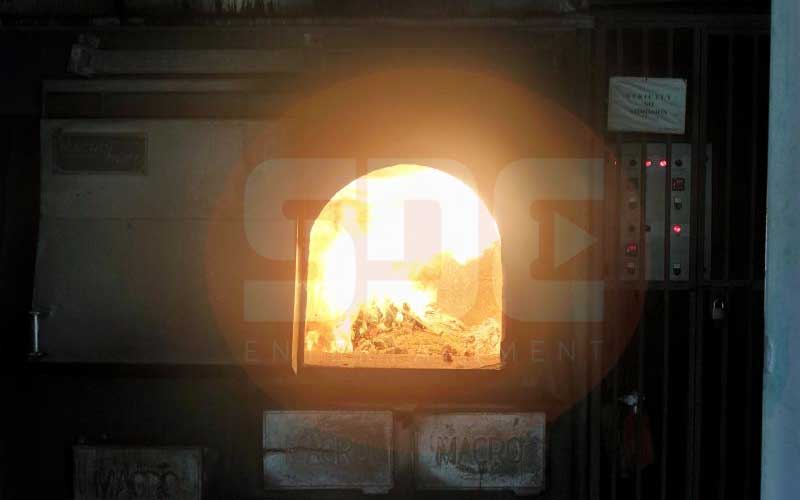
Robert Mwania also had a soft spot inside the heart of the late Nobel Laureate and die-hard environment defender Prof Wangari Maathai.
This is because, he was one of the key persons mentioned in her death will and was tasked to perform the last rite to the lifeless body of Prof. Wangari Maathai.
“Prof Maathai is among the high profile figures who have passed through my hands. I received her remains and oversaw the process. It was a great honour, one that I could not turn down,” he said.
When Kariokor Crematorium started, it reduced bodies to ashes using a four-wheeled diesel engine . Today things have changed and the only available option one can choose before departing to the next world is through firewood or electricity.
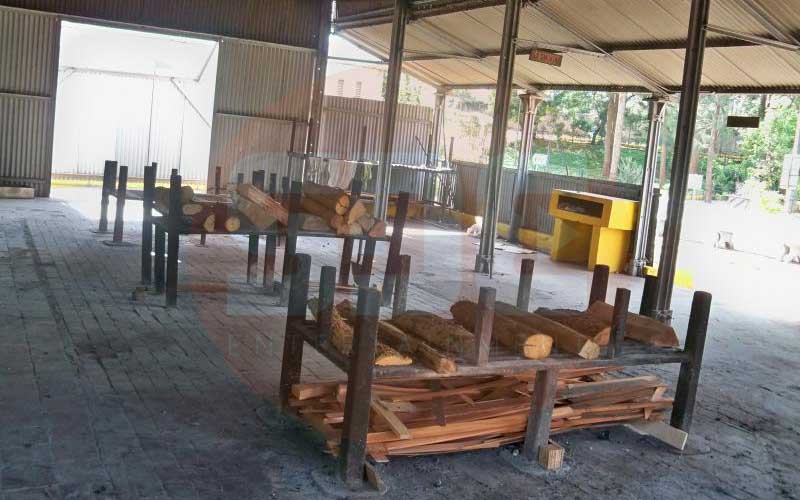
Firewood would take three hours to reduce a body to complete ashes while electricity only takes one hour.
Electricity option only takes one body at a time while three bodies can be done on firewood option on different furnaces.
While opting for electricity, a family member can be asked to switch on the power button, and for firewood option, one of the family member can be asked to set off the fire in the chimney.
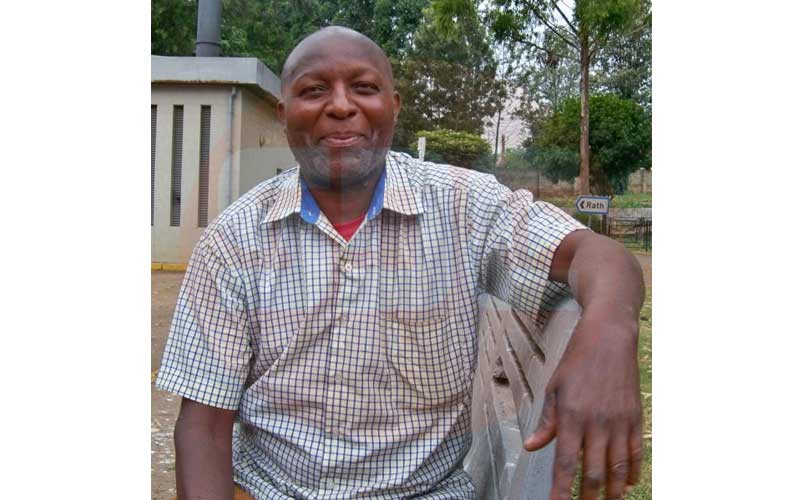
A body is placed between pieces of firewood, with sawdust beneath, a special ghee cream is added onto the body to speed up fire. The process is a simple as the normal burial ceremony.
The ashes are collected on the following day.
Just like the burial ceremony, special rituals are performed before the send off.
“Once it is off-loaded from the hearse, some families perform short payers, while others perform certain rituals like walking five times around the body,” he reveals.
The Kariokor Crematorium is run by Kenyans of Asian descent and charges Non-Hindus for about Sh40,000 while Hindus are charged between Sh18,000 and Sh24,0000
Kids below the age of 10 years are exempted from both process of cremation at Kariokor.
“For the past three years, the number of Africans opting for cremation has gone up. This is because some people find it costly to transport bodies to far-flung areas,” explains Mwania
According to Mwania, they work five of them at the lonely and deserted send off area, with one as a senior who deals with the paper work while three other juniors who help in casual works such as chopping firewood, cleaning, maintaining the lawn and warming the racks
The strong faithful of AIC Church, Robert Mwania concluded by saying that he will opt for burial rather than cremation.
Courtesy of Nairobian



